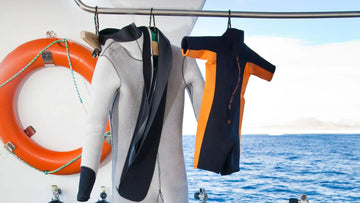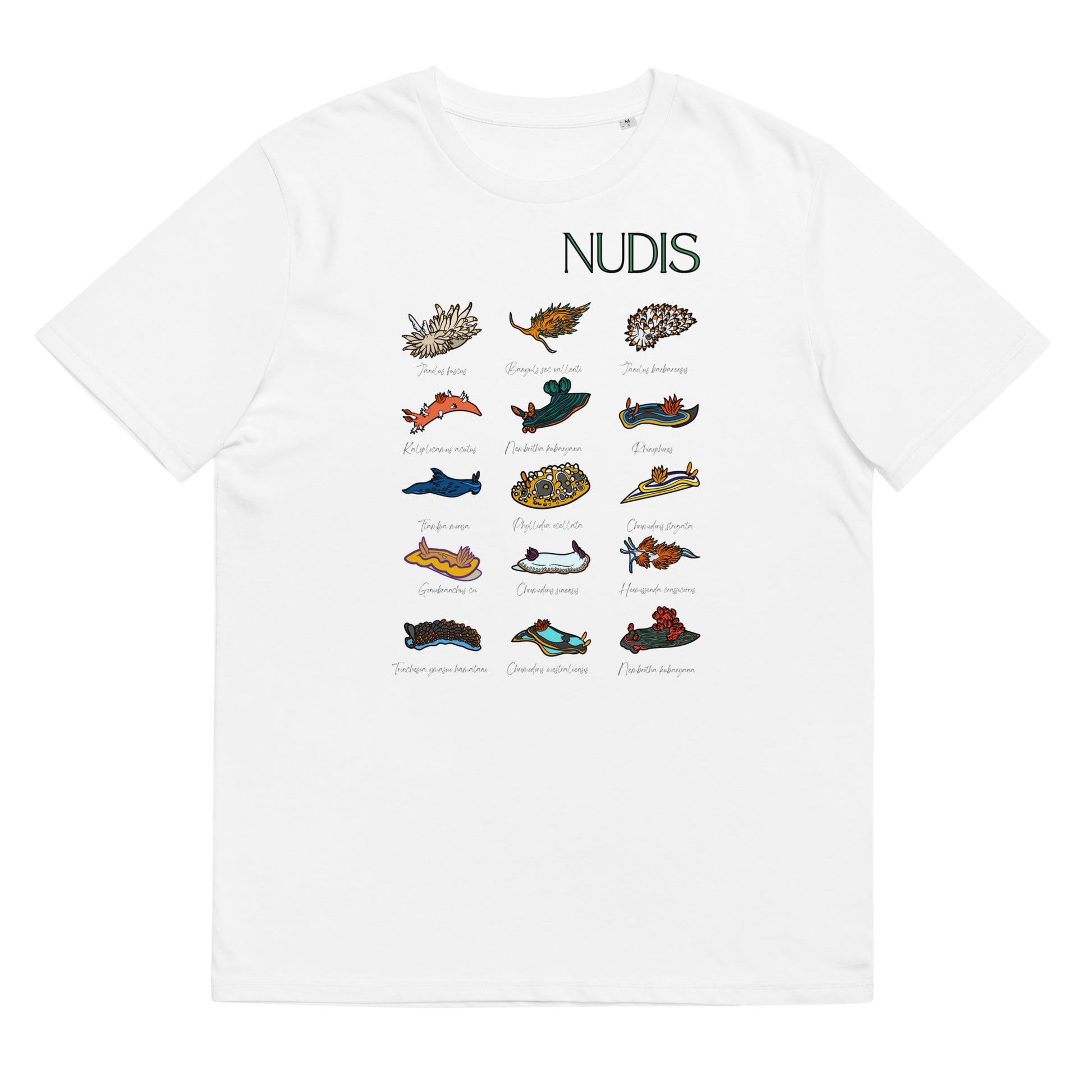When it comes to diving, an essential piece of equipment that divers rely on to stay comfortable and warm is the wetsuit. Wetsuits serve as a protective barrier against the cooling effects of water and provide insulation to keep us warm during our underwater adventures. Let's explore how wetsuits work underwater and the key factors to consider when choosing the right wetsuit for a dive.
Diving and surfing wetsuits are made from a special material called neoprene, a type of synthetic rubber. Neoprene contains tiny air bubbles that create insulation by trapping a thin layer of water against the diver's body. Although the diver gets wet, their body heat warms up the water inside the suit, creating a warm layer that helps prevent heat loss. The insulating properties of neoprene, combined with the trapped water, reduce the amount of heat that escapes from the diver's body.
Fit and Thickness Matter
T-shirts designed by divers for divers
VIEW MORE T-SHIRTS FOR DIVERS
The fit and thickness of a wetsuit play a crucial role in its effectiveness. A well-fitted wetsuit should be snug but not overly tight, allowing for comfort and freedom of movement. A proper fit helps prevent water circulation, ensuring that the warm layer stays close to the body. On the other hand, a suit that is too loose allows cold water to enter, accelerating heat loss.

The thickness of a wetsuit determines its insulation capacity. Thicker suits, ranging from 5 to 7mm in thickness, provide more insulation and are ideal for colder water temperatures or longer dives. However, thicker suits may restrict movement, so it's essential to choose the thinnest suit that keeps the diver warm in the specific diving environment.
Depth and Duration Impact Temperature
The depth and duration of a dive also influence the suit's warmth. As divers descend, the increasing pressure compresses the neoprene bubbles, making the suit thinner and reducing its insulation properties. Deeper dives require thicker suits to counteract the higher heat loss.
Similarly, the longer a dive lasts, the more heat the diver will lose over time. Even with the insulation provided by a wetsuit, the body gradually cools during extended periods underwater. Divers planning longer dives should opt for thicker suits to maintain comfort and avoid excessive heat loss.
The Importance of Body Fat Percentage

While not directly related to the suit itself, a diver's body fat percentage can influence how quickly they cool underwater. Divers with lower body fat percentages lose heat more rapidly than those with average percentages. People with less body fat may choose thicker suits to compensate for their lower natural insulation.
The Best Gifts for Divers - Worldwide Shipping!
SEE MORE GIFTS FOR DIVERS
Shorty wetsuits, also known as "shorties," leave the diver's lower legs and arms exposed to the water. They are suitable for diving in warm waters as they mainly cover the torso, reducing heat loss. However, due to increased skin exposure to water, shorty wetsuits are not as effective as full suits and may lead to faster cooling.
How to Find the Right Wetsuit
When selecting a wetsuit, divers must consider factors such as the expected water temperature, dive duration, and depth. Choosing a suit with the proper fit and thickness ensures optimal insulation and comfort throughout the dive.
Beyond Neoprene
In addition to neoprene, the manufacturing of wetsuits also employs other innovative materials that seek to optimize the diver's performance and comfort. Among these materials are trilaminate and closed-cell neoprene. Trilaminate is a fabric composed of multiple layers that offer excellent resistance to abrasion and is widely used in dry suits, ideal for cold-water dives or technical diving.
On the other hand, closed-cell neoprene, also known as neoprene with closed cells, consists of a structure of closed air bubbles, preventing the suit from absorbing water. This means the suit maintains its thickness and insulation even after several dives. Closed-cell neoprene suits are especially favored by divers who engage in multiple dives in a single day since they do not compress with repeated use.
In addition to material selection, wetsuit designers also consider ergonomic aspects to improve the diver's mobility and comfort. Modern wetsuits feature strategically placed stretch panels to facilitate movement, which is highly beneficial during activities like underwater photography or exploring submerged caves.
Regarding wetsuit maintenance, it is essential to rinse it with fresh water after each dive to remove salt and accumulated residues. Additionally, it is advisable to dry it in the shade and avoid direct exposure to the sun, as ultraviolet radiation can degrade the suit's material over time.
In conclusion, to fully enjoy exciting underwater experiences, having the right wetsuit is essential. Whether you are a recreational diver or an adventurous explorer delving into the depths of colder seas, choosing the correct wetsuit will make a difference in terms of comfort, protection, and enjoyment during your dives. So, before you dive into your next underwater adventure, be sure to carefully select the wetsuit that best suits your needs and diving conditions. Dive safely and comfortably to experience an unforgettable journey beneath the ocean's depths!

























